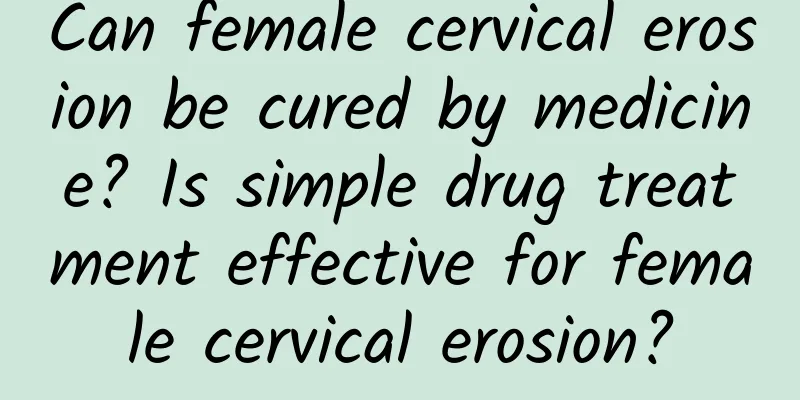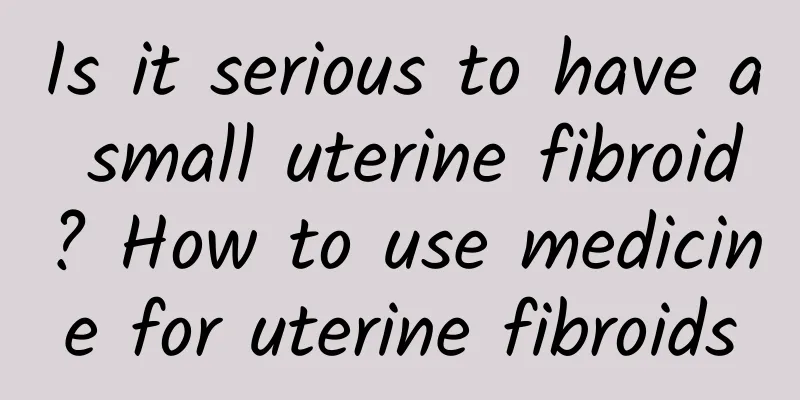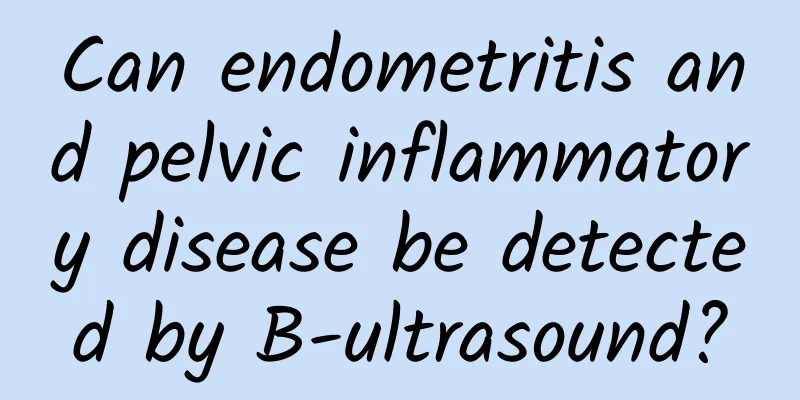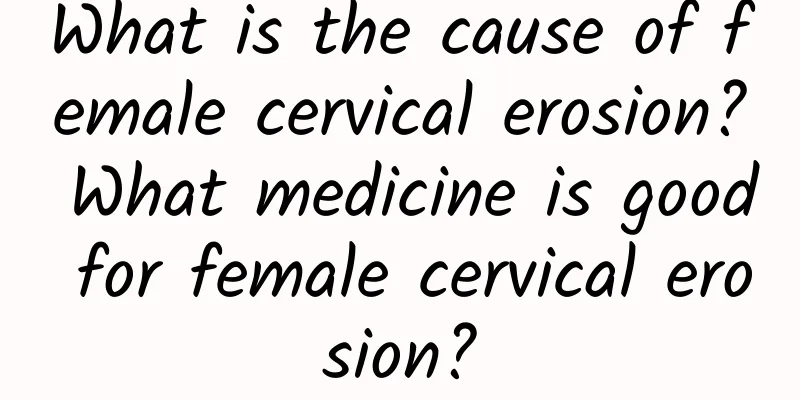Is embolization effective for treating adenomyosis?

|
The effect of embolization treatment for adenomyosis varies from person to person, but this method has good clinical effects on relieving dysmenorrhea and controlling the disease, and is especially suitable for patients who do not want to have their uterus removed. The specific efficacy is affected by the extent of adenomyosis, the patient's age, and the course of the disease. It is recommended to make a comprehensive evaluation under the guidance of a professional doctor before making a choice. In addition to embolization treatment, drug therapy and surgery can also be considered. 1 Principles and effects of embolization therapy: Uterine artery embolization (UAE) blocks the blood supply to adenomyosis lesions to improve symptoms. This method is minimally invasive and effective, especially in relieving severe dysmenorrhea and reducing menstrual flow. Research data show that most patients will have significant improvement in symptoms after surgery, but the probability of complete cure is low, and about 5%-10% of patients may need further treatment. 2 Applicable population and risks of embolization therapy: This treatment method is more suitable for women with severe symptoms who do not plan to have children. The advantage is that the uterus does not need to be removed, but complications may occur, such as postoperative infection, impaired ovarian function, or chronic pain. It is recommended to use detailed imaging examinations to determine the extent of the lesion and blood supply characteristics before evaluating whether this method is suitable. 3Other treatment options: ① Drug treatment: The use of gonadotropin-releasing hormone agonist GnRH-a, levonorgestrel intrauterine contraceptive system Mirena, etc. can effectively relieve dysmenorrhea and is suitable for patients with mild to moderate symptoms. ② Conservative surgery: Adenomyoma removal is suitable for patients who want to have children, but there is a risk of recurrence. ③Hysterectomy: For patients with severe symptoms and who need radical treatment, hysterectomy is currently the only way to completely eliminate the lesions, but it will result in permanent loss of fertility. Adenomyosis requires multidisciplinary management, and there is not only one treatment option. A tailored plan should be made based on symptoms, lesion severity, and fertility needs. Embolization therapy, as a conservative, minimally invasive procedure, is ideal for relieving symptoms, but it is necessary to weigh the possible risks and carefully screen the appropriate population. If you have any questions, it is recommended to consult a gynecologist or related expert at a regular hospital to develop the most appropriate treatment plan. |
<<: Can I use cupping during my menstrual period?
>>: How many days of pregnancy does spontaneous abortion usually occur?
Recommend
Drinking tea can help you lose weight. Wu Mingzhu recommends this fat-burning tea...
The weather is chilly, so drinking a cup of tea c...
Can ovarian cysts cause infertility?
Ovarian cysts may cause infertility, so once an o...
Secret recipe for quick weight loss! Jennifer Aniston eating pureed vegetables
Recently in the popular Hollywood comedy "Mc...
How to treat vulvar itching
How to treat vulvar itching? Causes of vulvar itc...
Experts tell women how to prevent irregular menstruation
With the change of concepts, many female friends ...
Can I go to work in the afternoon after having an abortion in the morning?
If you had an abortion in the morning, it is best...
What are the ways to prevent Bartholinitis?
The Bartholin's glands are located at the bac...
Regulating the daily diet of patients with vulvar leukoplakia
Vulvar leukoplakia is generally caused by vulvar ...
Can Chinese medicine treat amenorrhea?
Traditional Chinese medicine can regulate amenorr...
Five-color dumplings with tofu, vegetables and fruits for added health
The weather is chilly, and eating a bowl of hot d...
Beware! Low back pain is a warning sign of pelvic inflammatory disease
What are the symptoms of pelvic inflammatory dise...
What precautions should be taken before medical abortion?
What are the precautions before medical abortion?...
What should girls do if they have irregular menstruation? There are two main types of dysmenorrhea
Girls in middle school are disturbed by menstruat...
Is vulvar itching a sign of vaginitis?
As for genital itching, many women may have exper...
What causes biochemical miscarriage?
Biochemical pregnancy abortion refers to the abor...









